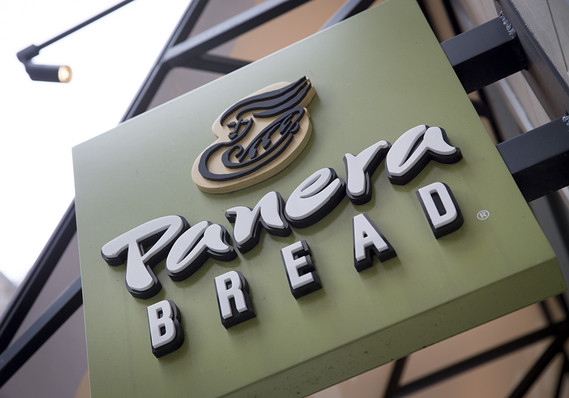– How Many Calories Does A Dollar Buy? (ZeroHedge, June 29, 2013):
Whether you like it or not, America, the number of calories packed into fast-food eats are getting harder to ignore. McDonald’s, Subway and Panera Bread – and as of this week, Starbucks – have already begun voluntarily posting calorie counts on their menus, ahead of an anticipated federal mandate requiring all restaurants with more than 20 locations to do so. In the interest of openness and transparency, and as Marketwatch notes, assuming for a moment that you’re less worried about your waistline than about getting the most calories for the least amount of money, here are the highest-calorie menu items at 10 of the nation’s top fast-food restaurants offers the most bang for your buck.
Via MarketWatch,
#10 Panera Bread
* Steak and white cheddar on a French baguette, 980 calories
* $1 buys 112 calories
Panera has a lot of light, healthy-sounding items on its menus but the full steak and white cheddar on a French baguette isn’t among them, tallying 980 calories and 103 grams of carbs. That accounts for nearly half the USDA’s recommended daily intake of carbs. At $8.79, you’re getting a little more than one calorie per penny.

